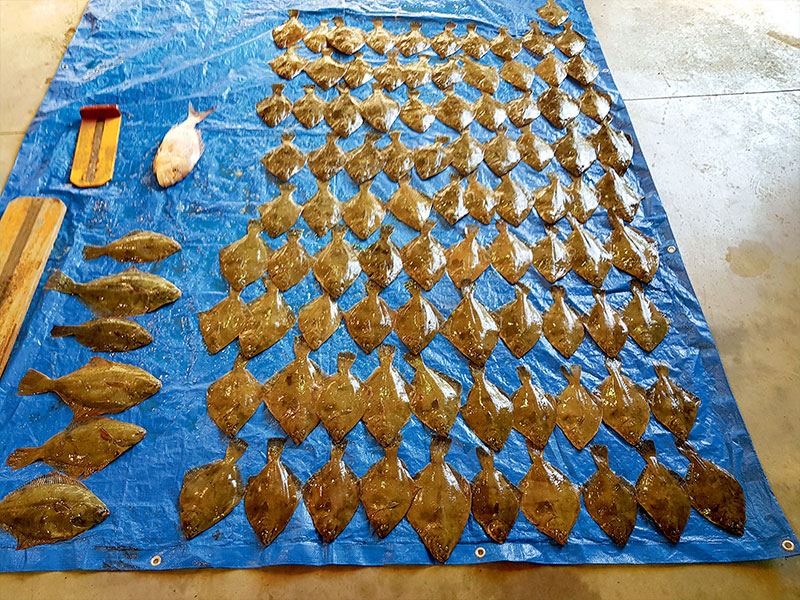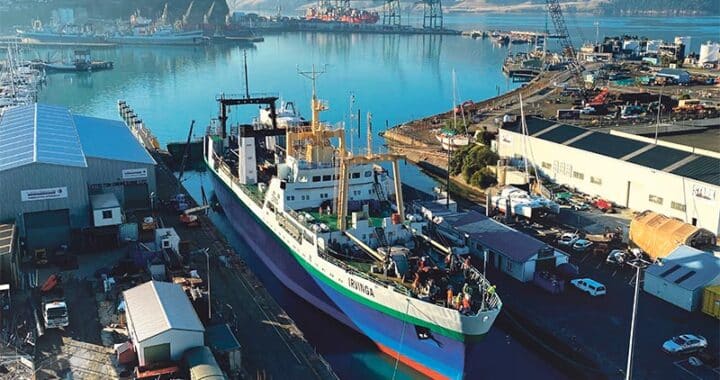What happens to seafood confiscated by MPI
2 min read
Every so often, officers take the confiscated fish and seafood and return it back into the marine ecosystem. Photo: Ministry for Primary Industries
The Ministry of Primary Industries (MPI) recently revealed what it does with the seafood it seizes from people breaking the rules.
A question that inevitably comes up is why MPI doesn’t donate the confiscated kaimoana to charity or people in need.
“Sadly, it is just too dangerous to redistribute it or give it away – no matter how nice of an idea it seems,” said Steve Ham, national manager fisheries compliance at MPI.
“We have no idea how it’s been caught, how long it’s been in the sun, and whether it’s been collected or stored in a clean and hygienic way. Seafood that has not been handled correctly could pose a significant health risk.
“We could make people really sick, so that’s why we can’t donate it.”
However, with freezers at fisheries offices around the country, every so often, officers take the confiscated fish and seafood and return it back into the marine ecosystem.
“This enables this illegally harvested seafood to enter the food chain in a controlled manner,” Ham said.
This means it is well documented where the illegally harvested seafood has been released and how much was put back into the sea, and as a result, the ecosystem is not overwhelmed, MPI added.
However, illegally caught fish are often used as evidence for any subsequent proceedings.
“Of course, the court does not appreciate us showing up with a bag of wet, smelly, mouldy two-month-old pāua, so the next best thing for our officers to do is to lay out any kaimoana as quickly as possible, take photos to show the court, then put everything back in the ocean if it has a high chance of surviving. Usually, shellfish and rock lobster will recover if the time out of the water is kept to a minimum,” said Ham.
“If the kaimoana is dead or damaged, we can’t just throw it back in, as it could wash up on the shoreline, so we will take it back to our offices where it is measured, weighed, tagged, and photographed.
“It’s then frozen and kept till the court case is over.”



